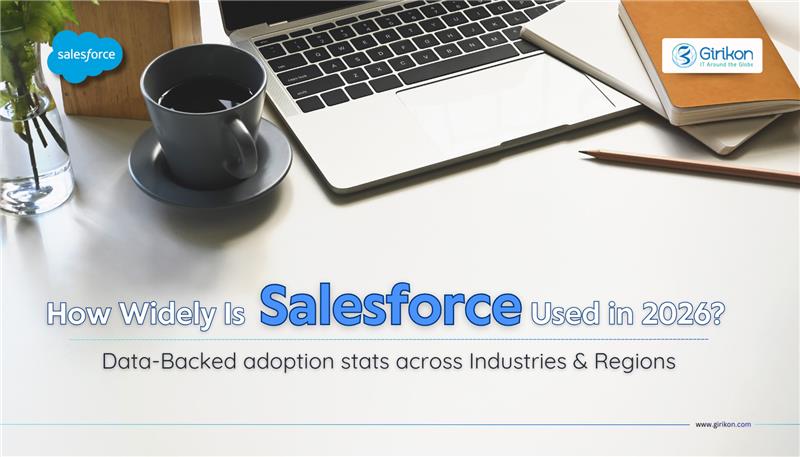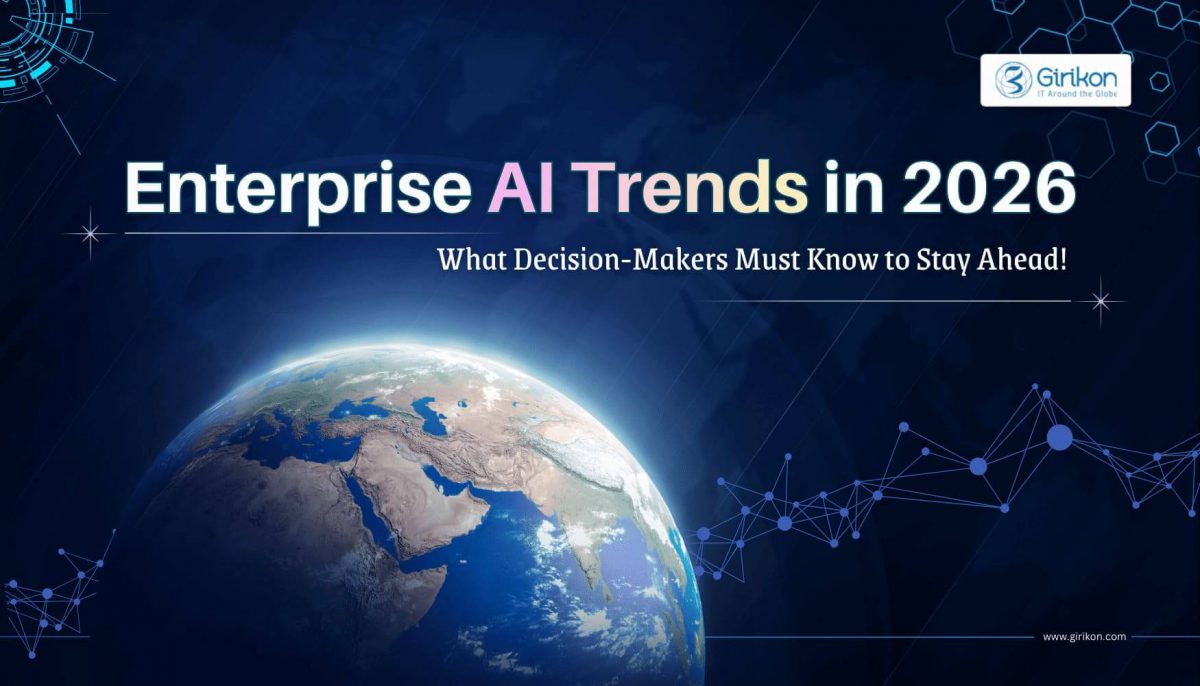The business ecosystem has become extremely complex. To sustain themselves in a competitive landscape, it becomes extremely important for retailers to keep growing, innovating and diversifying. This would require them to understand and fulfill customer demands while provide them with a superior customer experience. Unfortunately, the retail marketplace is riddled with slow economic growth and high costs. The problem is further compounded by new age customers who seek personalization, and promotion based pricing, which has made it extremely difficult for retailers to sustain let alone expand and attract new customers.
However, disruptive trends associated with retailers, as well as customers have resulted in massive explosion of data, which when processed and analyzed can provide retailers with a sizeable opportunity to understand customer behavior and other valuable insights that can be leveraged for informed decision making. However, processing such humongous and voluminous sets of data has become a tremendous challenge for companies, and will continue to grow in the years to come.
According to report shared by Gartner, data volume is set to grow by 800% in the years to come, 80%
of which will reside as unstructured data.
To make sense of this wealth of big data, retailers require a robust data management solution that can help them retrieve and process data from multiple places. This will help them draw real-time insights for quick decision making while generate true business value. Predictive analytics has emerged as a sure shot solution to all the data woes faced by businesses. By anticipating customer needs based on post-interaction, historical and real-time analysis of big data, customer requirement can be fulfilled in a quick and efficient way.
According to statistics shared by Forbes, there has been a whopping increase in number of companies adopting predictive analytics i.e. from a mere 17% in 2015 to a massive 53% in 2017.
A combination of machine learning (ML) and artificial intelligence (AI), predictive analytics is growing all the more accurate and insightful. However, several businesses continue to assess this technology with certain degree of skepticism considering it to be too complex, disruptive and expensive to incorporate. Listed below are few ways how businesses could achieve sales goals and increased customer satisfaction
by leveraging this smart technology:
Uncover Qualified Leads: Though, the entire practice of lead scoring has been in place since quite some time, they were largely based on guesswork and were extremely time-consuming. With a predictive analytics solution in place, businesses can make their sales and marketing teams more efficient by allowing them to access information such as whether your offering matches a potential customer’s needs, how convinced is your potential client to make a purchase, and similar other details that too in a precise way. This would allow your marketing and sales teams to better determine whether or not a customer is likely to convert and if yes what would be their potential lifetime value. This helps your sales team focus their efforts on the most rewarding areas.
Measure Call Outcomes: Till date, many companies rely on manual assessment of data in order to determine the success of a new product campaign or sales strategy. Since, data is manually recorded, it is subjective and prone to inaccuracy. This doesn’t leave much scope for precisely evaluating campaign success. With an automated system in place, calls and activity are appropriately tracked. This allows the sales team of a business to accurately measure their sales performance.
Reduce Customer Churn: Predictive analytics is extremely useful in identifying issues and trends that has a large impact on your business operation. This would help you predict when and why customers might consider abandoning you. Such important details will allow businesses to take proactive action to enhance customer experience and serve their needs in a better way.
The altering demands of technological forces have influenced the retail sector in the biggest possible way. Predictive analytics has the potential to transform businesses and industries in a way that will make them more productive, competitive and efficient. Used effectively, this technology can turn out to be the key to your outbound sales success and customer satisfaction. In a nutshell, it will act as a magic bullet that may lead to improved profits and better business outcome.
As a reputed name in the IT space, Girikon offers robust
Main point: Billions of rows X millions of columns
Key Features:
Modeled after Google’s BigTable
Uses Hadoop’s HDFS as storage
Map/reduce with Hadoop
Query predicate push down via server side scan and get filters
Optimizations for real time queries
A high performance Thrift gateway
HTTP supports XML, Protobuf, and binary
Jruby-based (JIRB) shell
Rolling restart for configuration changes and minor upgrades
Random access performance is like MySQL
A cluster consists of several different types of nodes
Best used: Hadoop is probably still the best way to run Map/Reduce jobs on huge datasets. Best if you use the Hadoop/HDFS stack already.
Examples: Search engines. Analysing log data. Any place where scanning huge, two-dimensional join-less tables are a requirement.
Regards,
Alok
In case you need Certified Salesforce Consultant for any Salesforce related work, then please feel free to reach out to sales@girikon.com
Ideally Big Data is term for large and huge amount of data. Now a day’s data piles are growing exponentially. This data is coming from various sources like call logs, web logs, digital transactions, social media posts, sensors data & log, pictures, videos and everything which is digital is contributing.
Whereas Big Data doesn’t specifically indicates to any size or quantity, yet it is referred when we talk for data of petabytes and exabytes. Now Big Data is an evolving & popular term and in the current age main challenge with this plenty amount of data is how to manage it and how to get productive information from here.
There are three prime factors of Big Data:
1. Volume : Analytics on massive amount of data
2. Velocity : Faster & robust transactions with uninterrupted availability
3. Variety : Wide variety of data from different scenarios.
Where our traditional techniques are inadequate to process high volume of data , Big Data makes your business more agile, flexible and swift and to convert potential data into useful information. Dealing with larger datasets it help us to manage both structured semi-structured or un-structured data. Because traditional applications or databases takes too much time to load voluminous data and obviously costs too much, new approaches use complex algorithms for the same thing which reduces time and cost both. In such mechanism main focus is on mining for information rather than emphasizing on data schema and data quality.
Following are few references of that technologies which born to handle this buzzword “Big Data”.
Cassandra DB,
MongoDB,
HBase,
ElasticSearch,
Apache Cassandra etc
Cheers!
Pramod
In case you need Certified Salesforce Consultant for any Salesforce related work, then please feel free to reach out to sales@girikon.com
Main Part: Store huge datasets in “almost” SQL
Key Features of Cassandra DB:
Querying by key, or key range (secondary indices are also available)
Data can have expiration (set on INSERT)
Writes can be much faster than reads (when reads are disk-bound)
Map/reduce possible with Apache Hadoop
All nodes are similar, as opposed to Hadoop/HBase
Very good and reliable cross-datacenter replication
Distributed counter data type
You can write triggers in Java
Best use: When you need to store data so huge that it doesn’t fit on server, but still want a friendly familiar interface to it.
Examples: Web analytics, to count hits by hour, by browser, by IP, etc. Transaction logging. Data collection from huge sensor arrays.
Regards,
Alok

 +1-480-241-8198
+1-480-241-8198 +44-7428758945
+44-7428758945 +61-1300-332-888
+61-1300-332-888 +91 9811400594
+91 9811400594


















